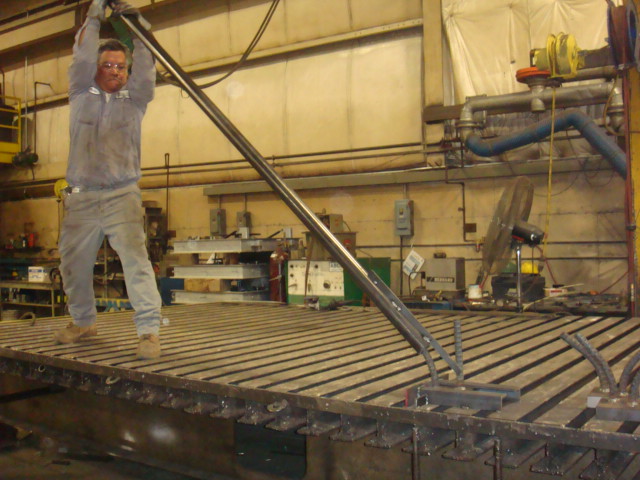Since we are talking about 'rebar", I had to qualify several welders on rebar the other day.
They had to take a fillet weld test using #8 bars welded to a 1 1/2 inch thick plate. No big deal, until you really try to do the test and find out there is very little information on how to do the test.
Simple issues come up such as:
How long should the bars be? The only length mentioned is not applicable to the bars used for the fillet test.
What bend radius should be used? If you use a short bar and hit the end, the bars will be forced to bend at a tight radius forcing the HAZ to fail.
If you use a long bar, there is a very large bend radius and even a marginal weld can pass.
Use a pipe to bend the bar; if the pipe is slide down to the weld the stresses are so high even a good weld will break in the HAZ or the weld. If the pipe is held far from the weld, it will bend the bar with a large radius and relatively low stresses will once again allow poor welds to pass.
My conclusion is that essential information has been omitted relative to the fillet weld test.
I ended up using 10 inch long bars. Once they were welded they were bent with a length of pipe. However, I tack welded a rod extending 6 inches beyond the pipe end. What was my rational? I had none. I used the SWAG method. Was it a good test? Who knows? Two welders had to repeat the test because the welds failed through the HAZ when the pipe was placed too close to the weld, thus the reason the 6 inch extension was welded to the pipe. The entire fillet weld and HAZ were left intact on the 1 1/2 inch thick plate and the stub end of the rebar reduced to about 5/8 inch in diameter.
The two other welders that tried to use the "push" technique all failed because of internal porosity. As soon as they switched to the pull technique (as I told them to do), they passed without a problem.
Did they have a WPS? Yes, but none of them could read English and I don't write Polish or Russian.
The top photograph depicts the test assembly w/ two test pieces as per D1.4. The second photo is the calibrated testing machine - directed energy loading device (Pat. Pending). If you look very closely you can see the rod that was tack welded to the pipe to ensure everyone was tested the same way, i.e., the load was applied 6 X the bar diameter from the end of the bar. That resulted in a uniform bend radius on each piece tested. Is it the right bend radius? Show me in D1.4 where it says to use something different.
Best regards - Al


